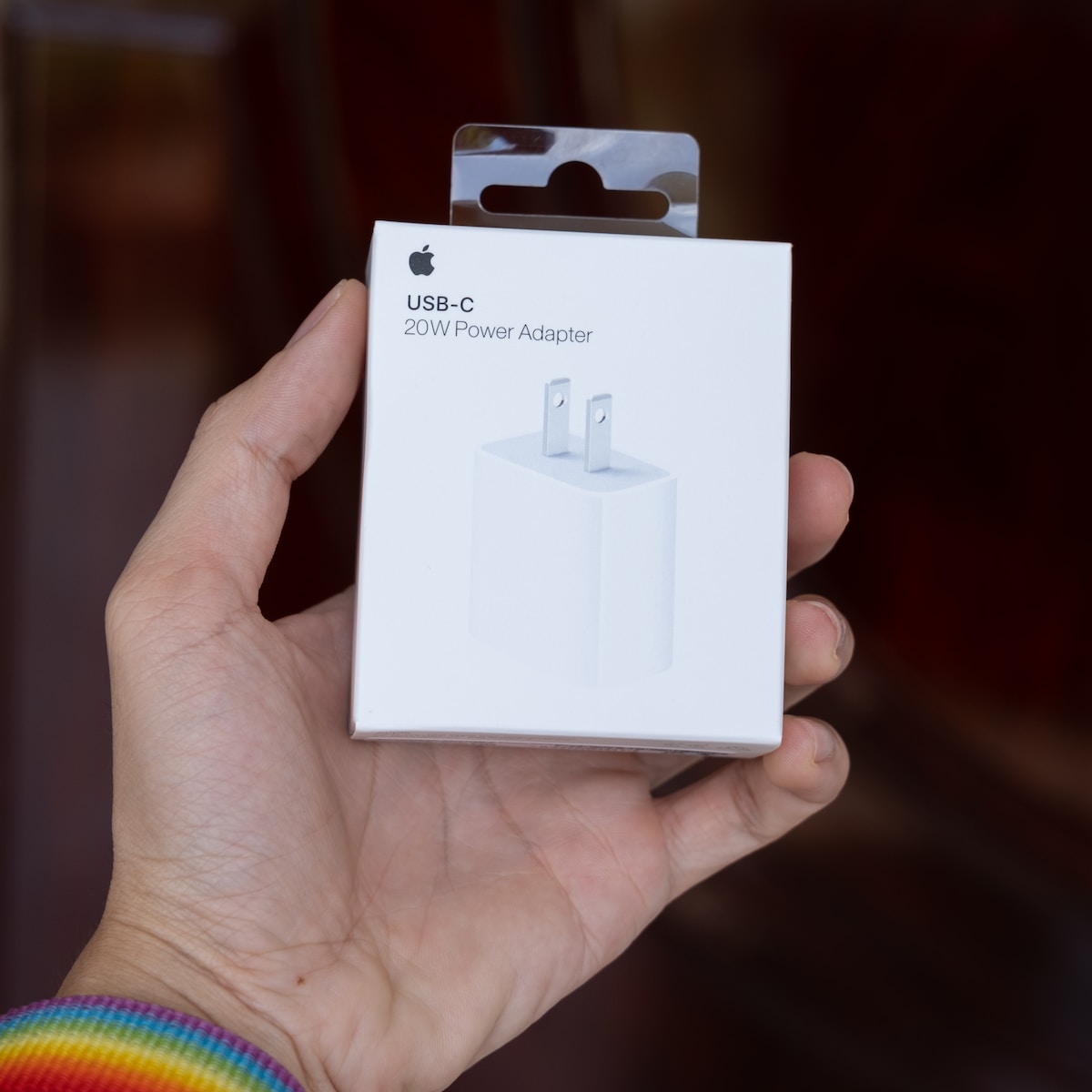
Compared to its rival mobile phones, the iPhone currently uses a lighting adapter that only charges Apple’s mobile phones.
Some Apple devices such as the iPad Pro and Mac laptops use a USB-C charger (left) while the iPhone uses a Lightning charger (right).
When the new iPhone is unveiled on September 12, it can almost be said that it will have a USB charging point.
Unlike its rival mobile phones, the iPhone currently uses a lighting adapter that only charges Apple’s mobile phones.
In order to save consumers and reduce waste in the context of the environment, the European Union has obliged mobile phone manufacturers by December 2024 to have a common charging connection in phones so that all mobile phones use the same type of charger. Charge with a charging cord.
Almost all of Apple’s new products, such as the latest iPad, already use USB-C, but Apple has previously objected to this EU law.
When the law was introduced in September 2021, an Apple representative told BBC News at the time that ‘strict regulation mandating only one type of connector would stifle innovation rather than encourage it’. is, which will result in harm to consumers in Europe and around the world.’
‘Lightning to USB-C’ adapters were already available from other electronics brands such as Amazon, but wireless charging has been available in iPhones since the iPhone 8 in 2017.
The current iPhone 14 looks set to be the last phone to exclusively use a Lightning cable, which could mean the beginning of the end for the cable.
Its current price is ten pounds which is more than 7300 Pakistani rupees. It is not clear whether this change will be made globally or not, but it is unlikely that Apple will make a different version of the product for the European market only.
These changes are expected to make it to the new iPhone 15 and iPhone 15 Pro at Apple’s event next week.
According to Bloomberg News, users will benefit from using a single charger for iPads, iMacs and iPhones, and faster download speeds.
According to the EU, the law will apply to ‘small and medium-sized portable electronics’, which will include the following products:
mobile phones
Tablet
E-readers
Mouse and keyboard
GPS device
Headphones, headsets and earphones
Portable speakers
Any of these products that require wired charging must use a USB Type-C port, regardless of who makes the devices.
Laptops will also have to comply with the rules, but manufacturers still have plenty of time to make those changes.
This initiative will save all consumers up to 25 million Euros by not buying unnecessary chargers and will reduce 11 thousand tonnes of waste per year.




